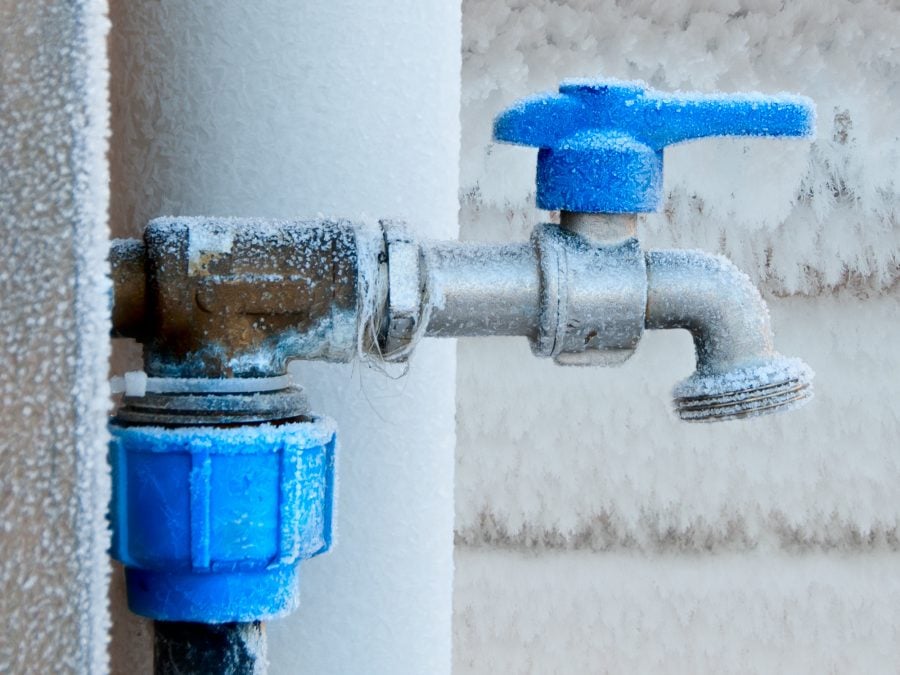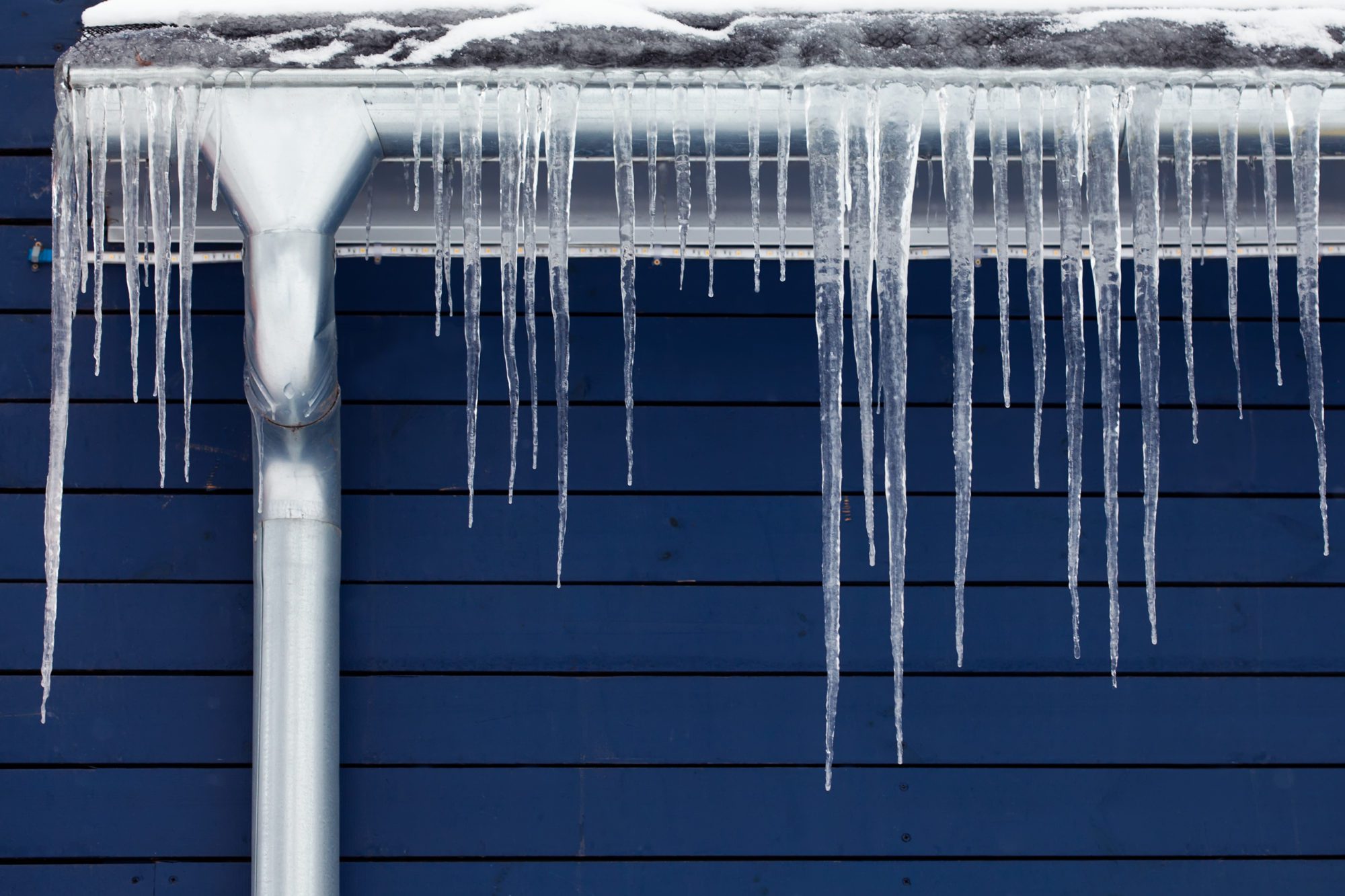Tips to Protect Pipes from Freezing: Expert Advice
Tips to Protect Pipes from Freezing: Expert Advice
Blog Article
We've stumbled upon this article about How to prepare your home plumbing for winter weather listed below on the internet and figured it made sense to share it with you here.

Cold weather can ruin your plumbing, specifically by freezing pipes. Below's exactly how to prevent it from happening and what to do if it does.
Intro
As temperatures decrease, the threat of frozen pipelines increases, possibly leading to expensive fixings and water damage. Recognizing how to stop frozen pipelines is critical for property owners in cool environments.
Prevention Tips
Protecting prone pipelines
Cover pipes in insulation sleeves or use warm tape to protect them from freezing temperatures. Focus on pipelines in unheated or outside locations of the home.
Home heating strategies
Keep indoor spaces appropriately heated, especially areas with pipes. Open up closet doors to enable warm air to distribute around pipes under sinks.
Just how to identify frozen pipes
Try to find lowered water circulation from taps, unusual odors or noises from pipes, and noticeable frost on exposed pipelines.
Long-Term Solutions
Architectural adjustments
Consider rerouting pipes away from outside walls or unheated areas. Add added insulation to attic rooms, cellars, and crawl spaces.
Upgrading insulation
Invest in premium insulation for pipelines, attic rooms, and wall surfaces. Proper insulation aids preserve regular temperatures and reduces the danger of frozen pipes.
Protecting Outside Plumbing
Yard hose pipes and exterior faucets
Detach and drain pipes garden pipes before wintertime. Set up frost-proof spigots or cover outside taps with shielded caps.
Understanding Icy Pipes
What triggers pipelines to ice up?
Pipelines freeze when exposed to temperatures listed below 32 ° F (0 ° C) for extended periods. As water inside the pipes ices up, it broadens, taxing the pipeline wall surfaces and possibly triggering them to burst.
Threats and damages
Frozen pipes can result in water supply disturbances, property damages, and costly repairs. Burst pipes can flood homes and cause comprehensive architectural damage.
Indicators of Frozen Water Lines
Recognizing frozen pipes early can avoid them from bursting.
What to Do If Your Pipes Freeze
Immediate activities to take
If you suspect icy pipes, keep taps open to ease pressure as the ice melts. Use a hairdryer or towels taken in hot water to thaw pipelines gradually.
Verdict
Preventing frozen pipes requires aggressive actions and fast reactions. By understanding the causes, indications, and safety nets, property owners can safeguard their plumbing during cold weather.
5 Ways to Prevent Frozen Pipes
Drain Outdoor Faucets and Disconnect Hoses
First, close the shut-off valve that controls the flow of water in the pipe to your outdoor faucet. Then, head outside to disconnect and drain your hose and open the outdoor faucet to allow the water to completely drain out of the line. Turn off the faucet when done. Finally, head back to the shut-off valve and drain the remaining water inside the pipe into a bucket or container. Additionally, if you have a home irrigation system, you should consider hiring an expert to clear the system of water each year.
Insulate Pipes
One of the best and most cost-effective methods for preventing frozen water pipes is to wrap your pipes with insulation. This is especially important for areas in your home that aren’t exposed to heat, such as an attic. We suggest using foam sleeves, which can typically be found at your local hardware store.
Keep Heat Running at 65
Your pipes are located inside your walls, and the temperature there is much colder than the rest of the house. To prevent your pipes from freezing, The Insurance Information Institute suggests that you keep your home heated to at least 65 degrees, even when traveling. You may want to invest in smart devices that can keep an eye on the temperature in your home while you’re away.
Leave Water Dripping
Moving water — even a small trickle — can prevent ice from forming inside your pipes. When freezing temps are imminent, start a drip of water from all faucets that serve exposed pipes. Leaving a few faucets running will also help relieve pressure inside the pipes and help prevent a rupture if the water inside freezes.
Open Cupboard Doors
Warm your kitchen and bathroom pipes by opening cupboards and vanities. You should also leave your interior doors ajar to help warm air circulate evenly throughout your home.

I am just very fascinated by How to Prevent Your Pipes From Freezing and I am hoping you enjoyed the new blog posting. In case you enjoyed our blog posting plz do not forget to share it. Thank you so much for your time spent reading it.
Call Today Report this page